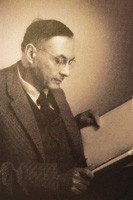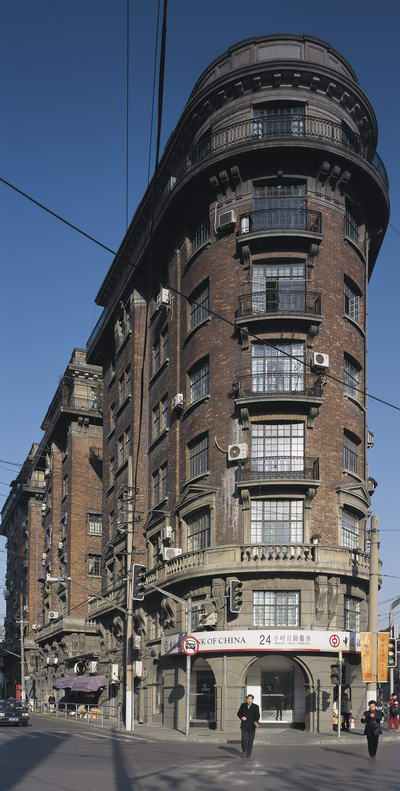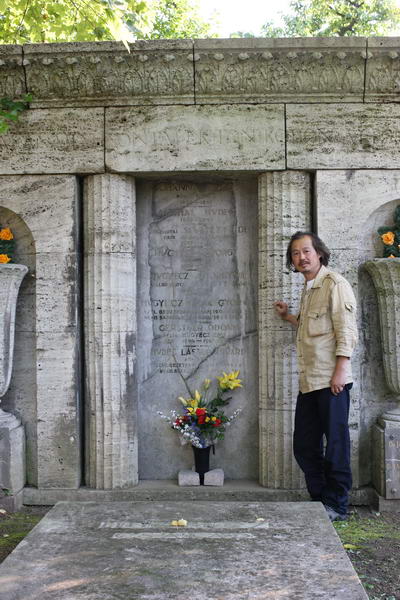| Home / World Expo 2010 Shanghai | Tools: Save | Print | E-mail | Comment |
| 'Hudec and Shanghai', Deke Erh Photography Exhibition |
| Adjust font size: |
|
--- Concluding event of the 'Year of Hudec' Opening Ceremony: May 8, 2009 A Photography Exhibition by well-known photographer Deke Erh will be held from May 8 to 15, 2009 at the newly renovated Grand Theater in Shanghai.
The exhibition will feature the late Hungarian architect Hudec's contribution to Shanghai's old buildings during the 1920s and 30s.
Laszlo Hudec was an architect active in Shanghai from 1918 to 1945, and responsible for some of that city's most notable structures. Major works include the Park Hotel, the Grand Theater, the Joint Savings and Loan Building and the combined Baptist Publications and Christian Literature Society buildings. During his active period Hudec's style evolved from the eclectic neo-classicism popular in the early 20th century to art deco and modern buildings toward the later part of his career. Although some of his buildings have been lost in the intervening decades, many survive. Hudec was born in 1893 in Banská Bystrica, Slovakia, then part of the Austro-Hungarian Empire (his father was born in the nearby village of Micina, Slovakia). He studied architecture at Budapest University from 1911 to 1914. When the First World War began he enlisted, but was captured by the Russian Army in 1916 and was sent to a prison camp in Siberia. While being transferred, he jumped from a train near the Chinese border and made his way to Shanghai, where he joined the American architectural office R.A. Curry. In 1925 he left to start his own firm, and was responsible for at least 37 buildings up to 1941.
Hudec's masterpiece is usually considered to be the 22-story Park Hotel, on Nanjing Road across from People's Square. It was the tallest building in the city until the 1980s, and is still a local landmark. Hudec died in 1958 in California. He is buried at the evangelical cemetery in Banská Bystrica, Slovakia. (Read more about Hudec: http://www.hudec.sh/index.php?id=33) Deke Erh, also known as Er Dongqiang, is a leading photographer of old Shanghai's architectural heritage. As a photographer whose strength is in visual literature, he has retained a lasting obsession with the old buildings of Shanghai. In order to study the life of the legendary Hudec, Erh made two journeys to Hungary and Slovakia as well as visiting Budapest University, which had been a major influence on Hudec's approach to architectural design. Deke also visited Hudec's birth place of Banská Bystrica and snapped pictures of Hudec's former home, the family cemetery, and the town where Hudec spent his childhood.
The exhibition, organized by the Hungarian Consulate General in Shanghai and the Gran Theater, will showcase a total of 50 photographs until May 15, 2009. This event will be marked as one of the concluding events of the "Year of Hudec", which started in 2008 on the occasion of the 115th anniversary of his birth and the 50th anniversary of his death, commemorating his life and his architectural work in Shanghai. (China.org.cn by Wang Zhiyong April 23, 2009) |
| Tools: Save | Print | E-mail |
| Comment |



